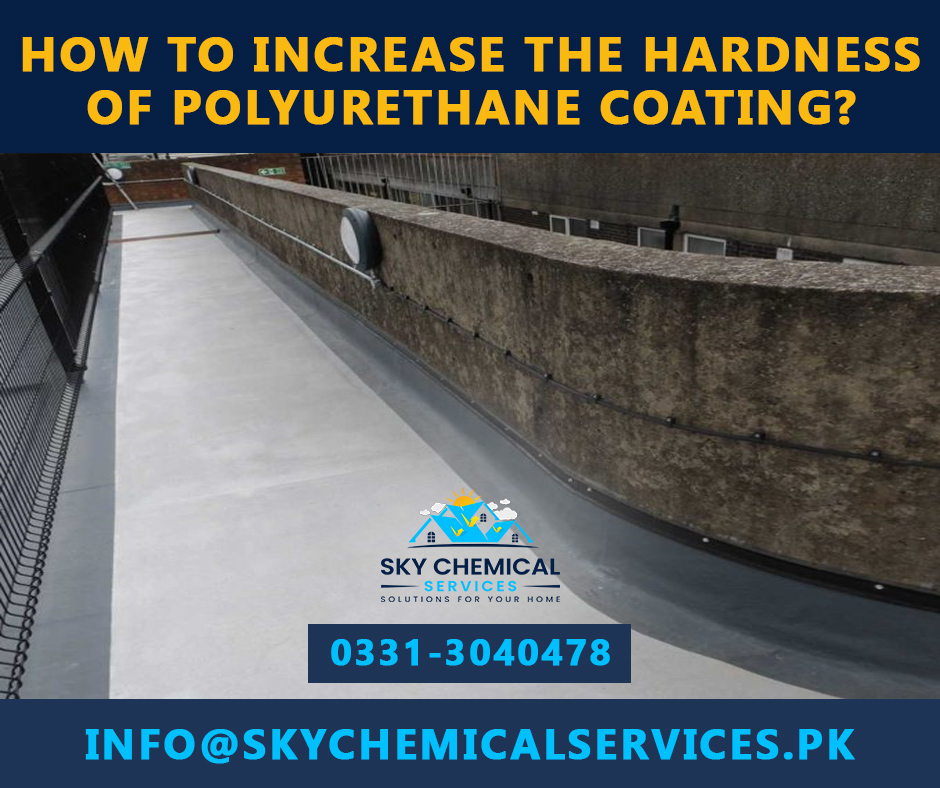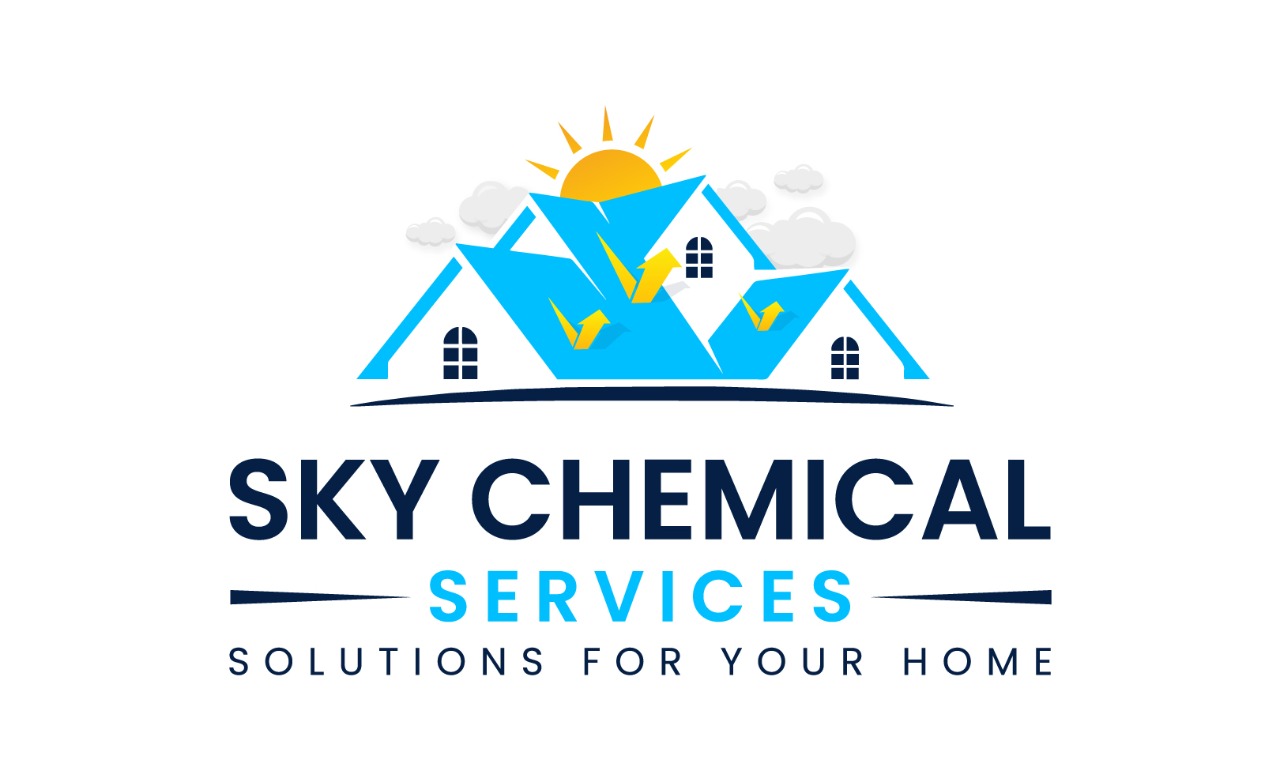
Increasing the hardness of polyurethane coating is a crucial aspect for industries, such as woodworking to automotive manufacturing. A harder coat offers enhanced durability, resistance to abrasion, and protection against wear and tear. Achieving improved hardness requires precise formulation, application techniques, and post-application processes.
Types of Polyurethane Systems
Polyurethane coatings are divided into two categories:
-
Reactive PU Systems
-
Non-reactive PU Systems
Reactive polyurethane systems are liquefied at room temperature. These coatings are developed for applications that require a strong bond with worn-out and aged surfaces. Reactive systems are categorized as under:
- Two-component PU systems
- One-component PU system
- Oven-curing PU systems
- Powder coatings
Reactive PU coatings cure at low temperatures. The process is adaptable and efficient; heat-sensitive materials and surfaces, such as plastics and flooring are layered in quick time.
Non-reactive PU systems are fully-developed polymers with urea and urethane linkages. Its categories are as under:
- Solvent-based
- Polyurethane Dispersions
- Urethane Oils and Alkyds
- Radiation-curing PUs
Both systems need to manage the hardness levels accurately. Below is a comprehensive guide on how to increase the hardness of polyurethane coatings.
Read More
Water-Based Polyurethane or Oil-Based Polyurethane? Which One is Better?
What are the Benefits and Drawbacks of Polyurethane Foam Insulation?
Should You Use Soy-Based Over Polyurethane Coatings?
-
Precise Formulation
Selecting the appropriate formulation is essential to reinforce the hardness of polyurethane coating. Polyurethane coatings come in various types, including water, solvent, and oil-based: Water-based formulations are preferred for their lower environmental impact, solvent-based coatings can offer exceptional hardness due to their higher solid content, and oil-based layers last longer. Carefully evaluate your project’s requirements and choose the preferred mix for attaining the desired hardness.
-
Incorporate Hardener Additives
Certain polyurethane coatings can benefit from the addition of hardener additives. These additives facilitate crosslinking between polymer chains, leading to increased hardness. Consult with your polyurethane supplier and identify compatible hardeners to determine accurate chemical ratios.
-
Mixing Ratios
For two-component polyurethane coatings (Part A & Part B), precision in mixing ratios is crucial. Deviating from the manufacturer’s recommended ratios can lead to imbalanced crosslinking and compromised hardness. Use measuring tools to ensure the correct proportion of mixed components.
-
Controlled Thickness
Applying polyurethane coatings in thin layers is essential: Thick coats can lead to uneven drying and reduced hardness. Follow the manufacturer’s guidelines for recommended application thickness. Consider multiple thin coats to augment surface hardness.
-
Surface Preparation
Achieving optimal adhesion and hardness requires thorough surface preparation. Clean the substrate to remove dust, dirt, and contaminants that could compromise the coating’s bond. Sanding the surface creates a better mechanical grip for the polyurethane and contributes to a smoother finish.
Read More
Industries That Benefit From Polyurethane Coatings
How to Spray Polyurethane on Different Surfaces?
-
Environmental Factors
Temperature and humidity play a critical role in PU hardness. Working temperatures of 20-25oC with relative humidity between 45-50% is ideal. Follow the recommended environmental conditions provided by the manufacturer to achieve optimal hardness.
Post-Curing
Some polyurethane coatings benefit from post-curing technique. After the initial period, fix the coated surface to elevated temperatures. This process encourages crosslinking and reinforces the coating’s hardness.
-
Application Techniques
Applying polyurethane coatings with proper tools and equipment is essential; it helps to enhance the surface hardness. Use a high-quality brush, roller, or spray equipment to ensure uniform coverage. Minimize the formation of air bubbles and brush marks as they can affect the final hardness and appearance.
-
UV Protection
If the polyurethane-coated surface is exposed to sunlight, use a UV-inhibited formulation. UV protection prevents yellowing and helps maintain the coating’s hardness and appearance over time.
Conclusion
Increasing the hardness of polyurethane coatings involves formulation, smooth mixing, surface preparation, curing, and more. By paying attention to environmental conditions, you can achieve a harder, more durable, and abrasion-resistant polyurethane coating. Refer to the manufacturer’s technical data sheets and guidelines for specific instructions tailored to the product you’re using. Balancing hardness with other desired properties ensures the success of your coating application in various industries and applications.
Relish the experience of an attractive PU coating with Sky Chemical Services. We’re the best in the business!
